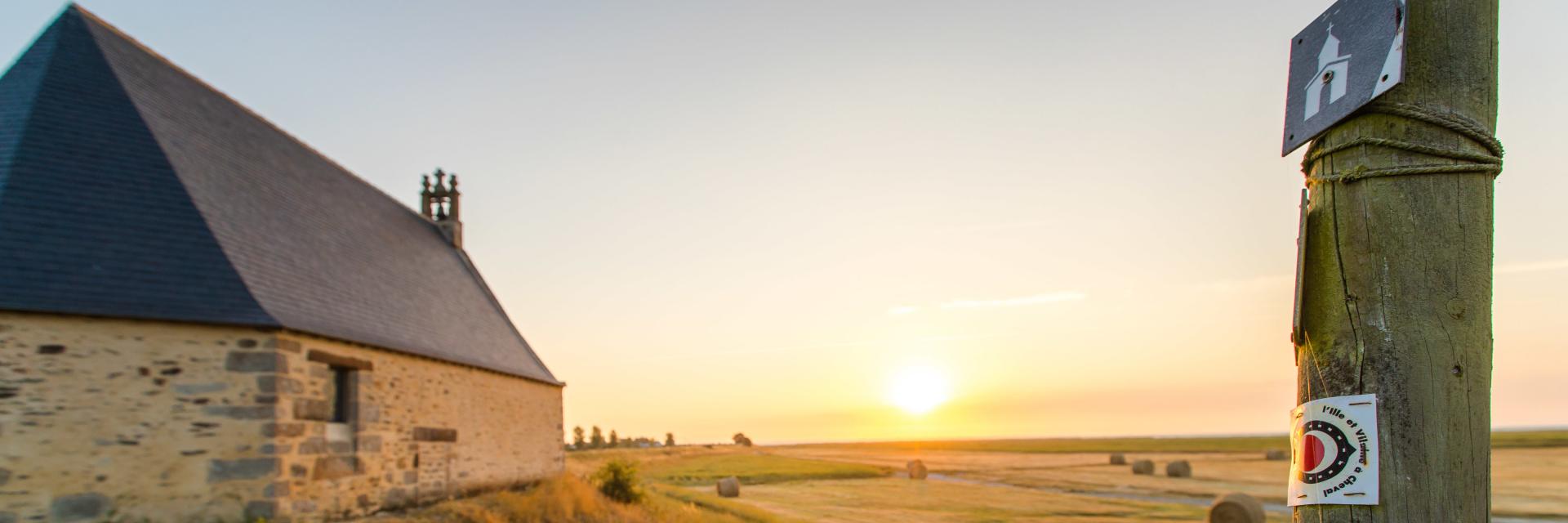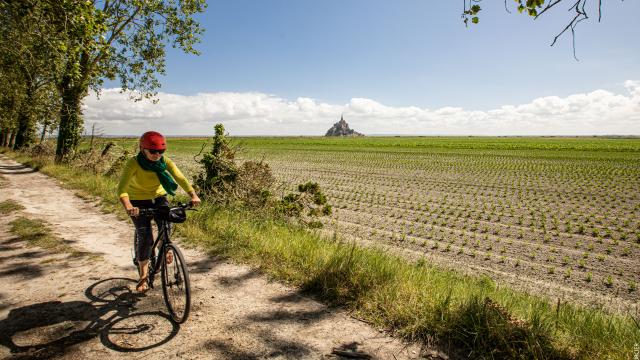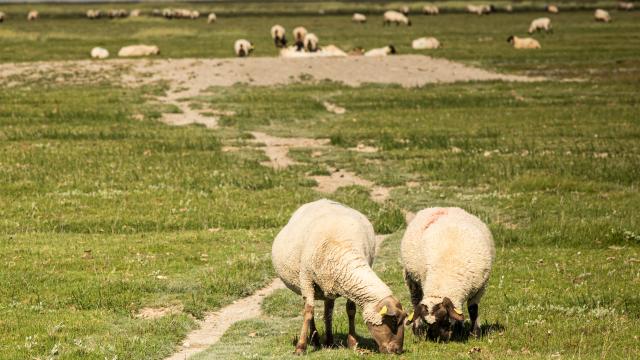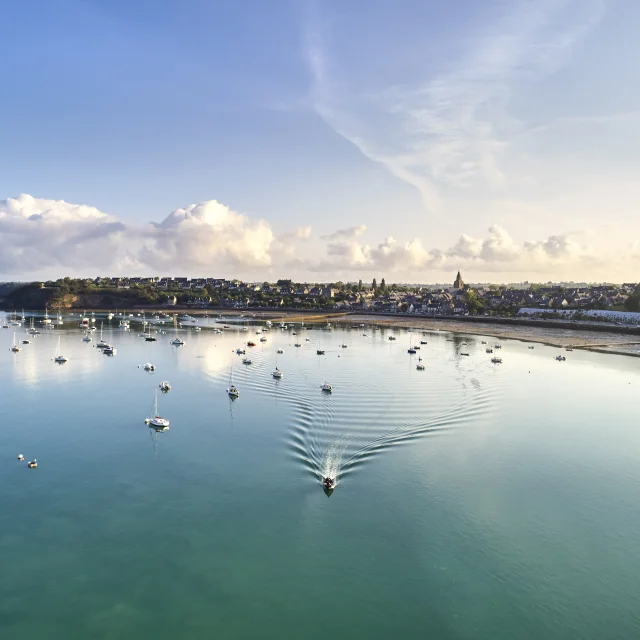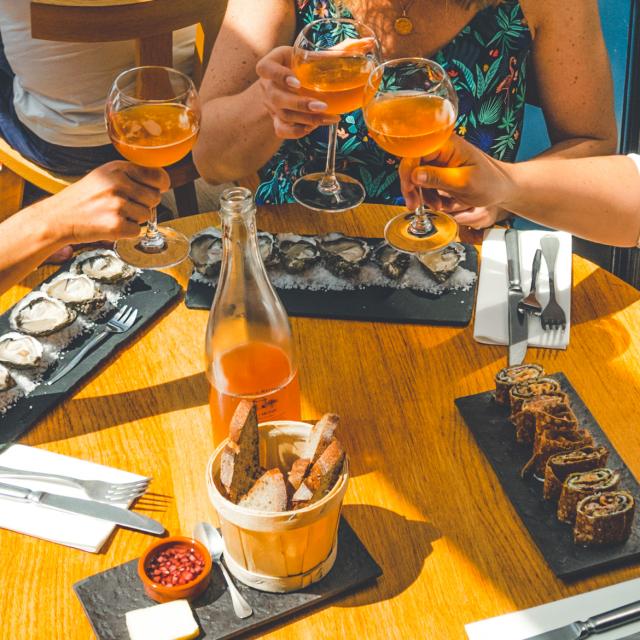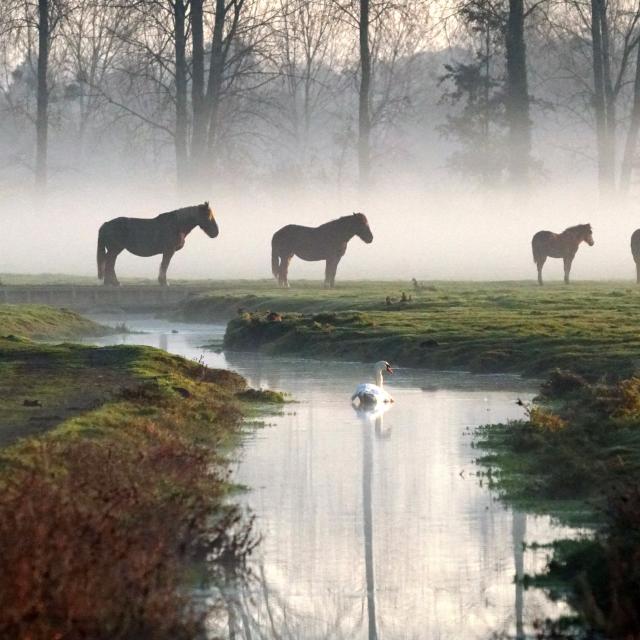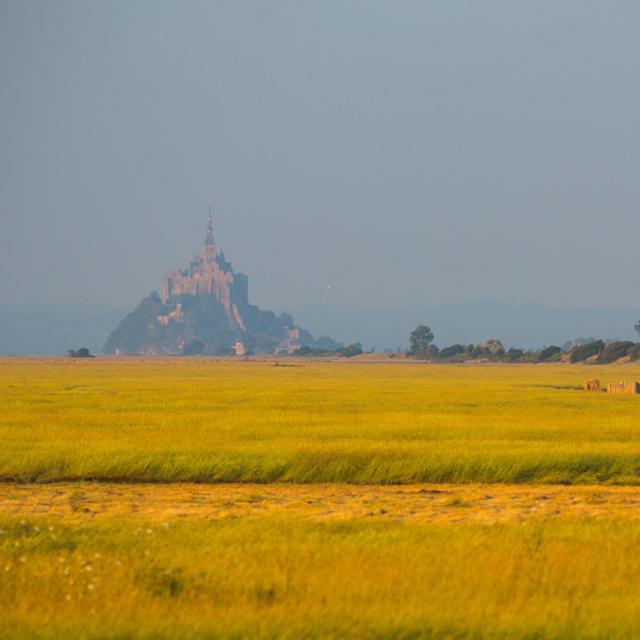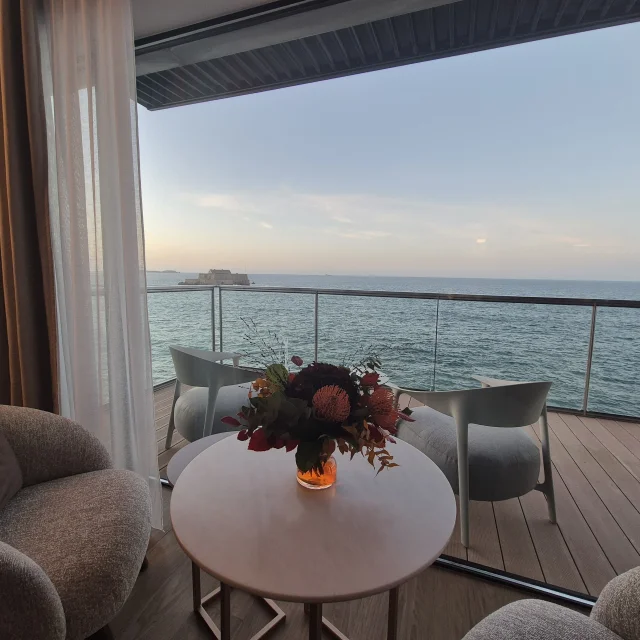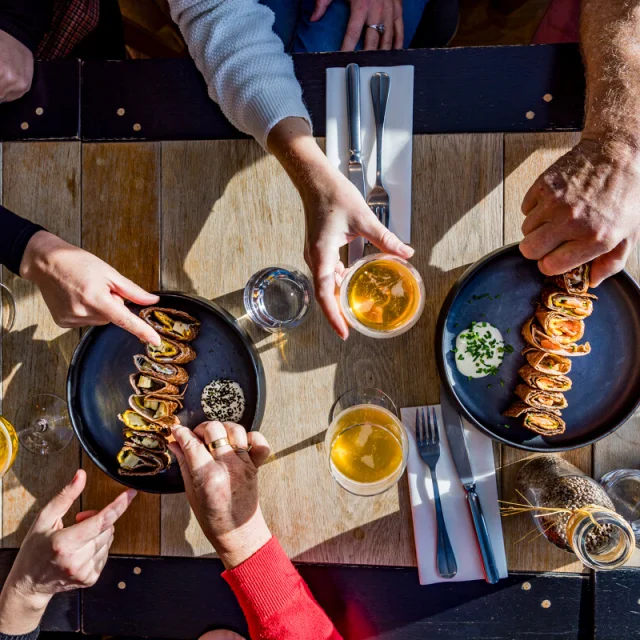The Bay is yours to discover!
Discover the majestic Bay of Mont-Saint-Michel, which stretches from Cancale to Granville, an immense natural maritime area that has been a UNESCO World Heritage Site since 1979 and a Natura 2000 site. It offers an astonishing natural spectacle, particularly at high tide, as well as sporting activities and top-quality gastronomy.
